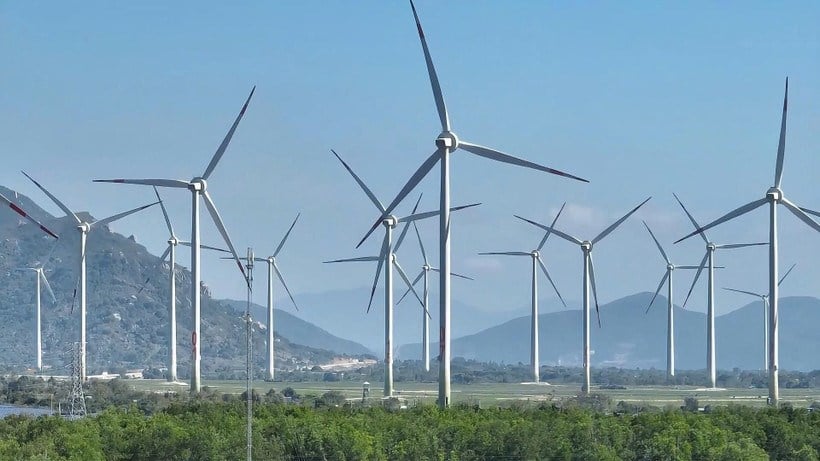
Renewable energy is opening up opportunities for Vietnam to make a breakthrough, becoming a bright spot in clean energy in the region. However, to realize this, it is necessary to synchronize many solutions, remove "bottlenecks", the key deciding factors.
Vietnam aims to achieve net zero emissions by 2050, and renewable energy is being identified as a key driving force, contributing to the formation of a green, circular and sustainable economy . However, Vietnam will have to overcome many barriers in terms of institutions, infrastructure, resources and technology.
Seize the opportunity to break through
Renewable energy including wind power, solar power, biomass, energy from waste... is not only a global sustainable development trend, but also an important tool for Vietnam to gradually replace traditional energy sources, which are gradually depleted and causing many environmental consequences.
According to statistics from energy experts, in Vietnam, the total number of sunshine hours per year ranges from 2,000 to 2,600 hours; the radiation intensity reaches from 3.69 to 5.9kWh/m², which is an ideal condition for solar power development. Meanwhile, the coastline is more than 3,000km long, many areas have an average wind speed of more than 6.5m/s, suitable for onshore, nearshore and offshore wind power projects. The World Bank assesses Vietnam's wind power potential as the largest in Southeast Asia, with an estimated technical capacity of over 600GW. According to economist Ngo Tri Long: "For Vietnam, the potential of renewable energy is huge, it is necessary to make good use of this endless source of energy to replace fossil energy sources that pollute the environment. Doing this well will be a premise for a green economy".
Transformational models such as green buildings, green transportation or smart cities not only improve the quality of life for people but also help businesses increase their competitive advantage and affirm their reputation in the global supply chain. In urban and civil areas, the application of modern technology is also fundamentally changing the way energy is used. From buildings with integrated light sensors, air conditioners that automatically adjust to ambient temperature, to public lighting systems using motion sensors, all are contributing to saving electricity in a smart and effective way.
According to Dr. Nguyen Phuong Nam, General Director of KLINOVA Climate Innovation Consulting and Services Company, renewable energy plays a key role in implementing the Sustainable Development Goals (SDGs), especially SDG7 on clean energy, SDG13 on climate action and SDG8 on inclusive economic growth. In the context of Vietnam promoting the implementation of Resolution No. 57-NQ/TW, these applications are not only a trend, but also a driving force for breakthroughs in energy transition and creating a sustainable development future.
The bottleneck from capital to mechanism
According to the Power Plan VIII, Vietnam needs up to 136 billion USD to invest in transmission infrastructure and develop the power system in the coming period, of which about 18.1 billion USD is needed for transmission infrastructure alone. Dr. Can Van Luc, economist, member of the National Financial and Monetary Policy Advisory Council: “Vietnam still faces fundamental challenges including: Awareness of the potential for renewable energy development is currently uneven at many levels; although there is an implementation plan, its implementation is not really effective; mobilizing green financial resources is still complicated and finally, the technical operation level of personnel has not kept up with the development of the industry”.
Energy transition cannot be successful without the synchronization of three pillars: infrastructure, human resources and technology. While the transmission system needs to be urgently upgraded to "liberate" clean electricity sources, the human resource problem can also become a bottleneck if there is a lack of a long-term strategy. Ms. Vu Chi Mai, Director of the Clean Energy, Affordable and Energy Security Project for Southeast Asian Countries (CASE Project in Vietnam) said that Vietnam's solar and wind power capacity is expected to increase 5 to 7 times in the next 5 years. That requires a workforce that is not only large but also includes core engineers, in-depth expertise in design as well as on-site design supervision, climate finance experts, and international-standard environmental analysis staff... In addition, domestic enterprises still depend on imported equipment and technology, from turbines, inverters to storage systems, which makes investment costs high and prolongs the capital recovery period.
The Prime Minister has signed Decision No. 751/QD-TTg to establish a Steering Committee to resolve difficulties and problems of backlogged projects. This Steering Committee is responsible for reviewing and classifying each project and proposing specific solutions.
Vietnam and the G7 countries, along with development partners the European Union, Norway and Denmark, adopted the Political Declaration establishing the Just Energy Transition Partnership (JETP) on December 14, 2022 in Brussels, Belgium. The program initially mobilizes about 15.5 billion USD from the public and private sectors to support a number of Vietnam's new goals. Meanwhile, Vietnam is gradually testing a direct power purchase mechanism between renewable energy generators and large electricity users (DPPA mechanism), aiming for a transparent and effective competitive electricity market.
In particular, Decree No. 58/2025/ND-CP of the Government detailing a number of articles of the Electricity Law on the development of renewable energy and new energy electricity, effective from March 3, 2025, stipulates that electricity projects from renewable energy sources with installed electricity storage systems and connected to the national electricity system are given priority to mobilize during peak hours of the electricity system according to regulations, except for self-produced and self-consumed electricity sources. Resolution No. 57-NQ/TW also not only identifies innovation as a driving force for development, but also emphasizes the need to increase domestic value in key industries such as energy.
According to TRA MY - ANH DUC/Nhan Dan Newspaper
Original article linkSource: https://baovanhoa.vn/nhip-song-so/lua-chon-tat-yeu-tren-con-duong-net-zero-144116.html









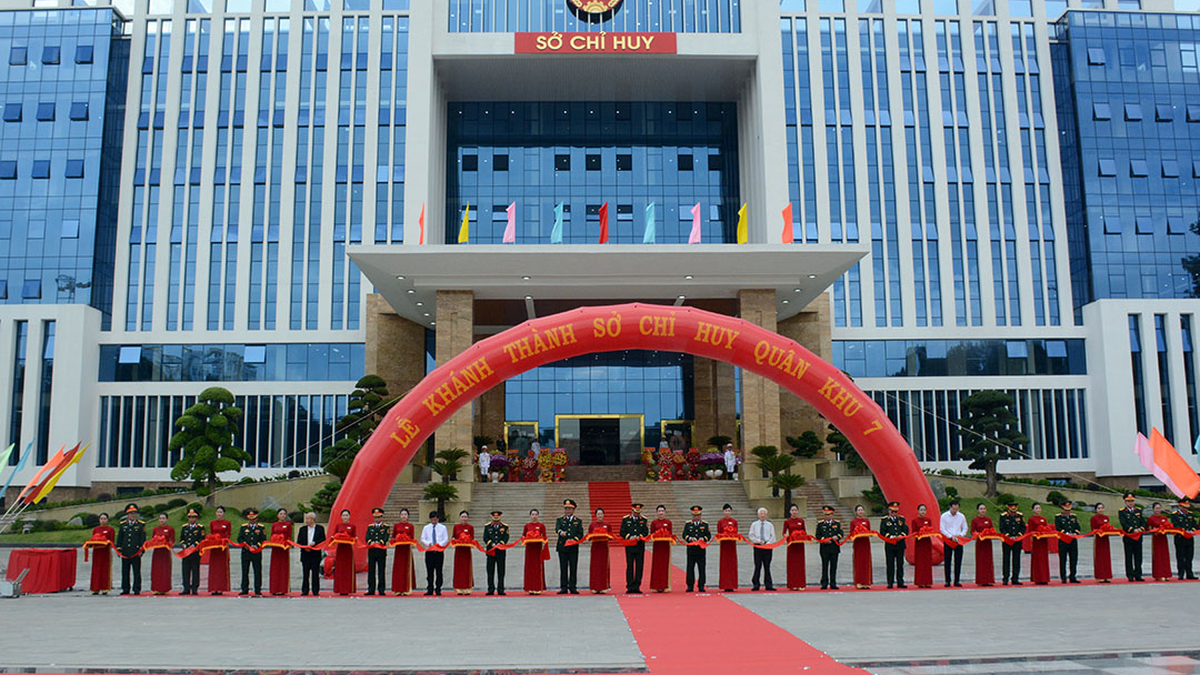

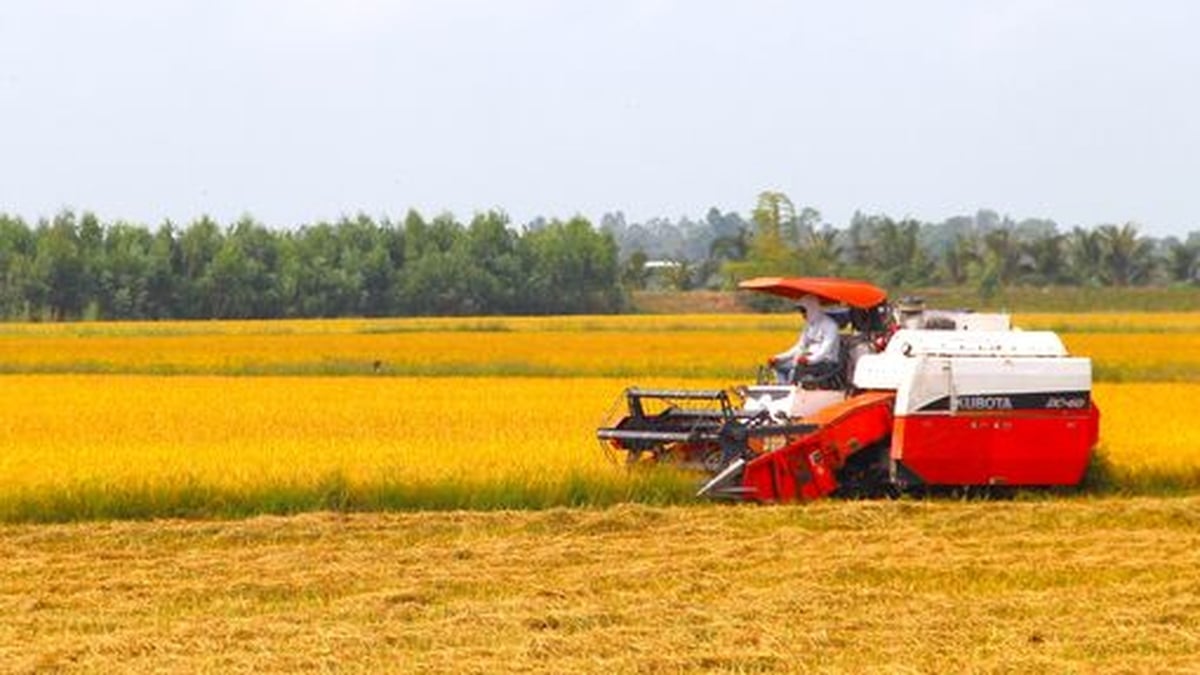










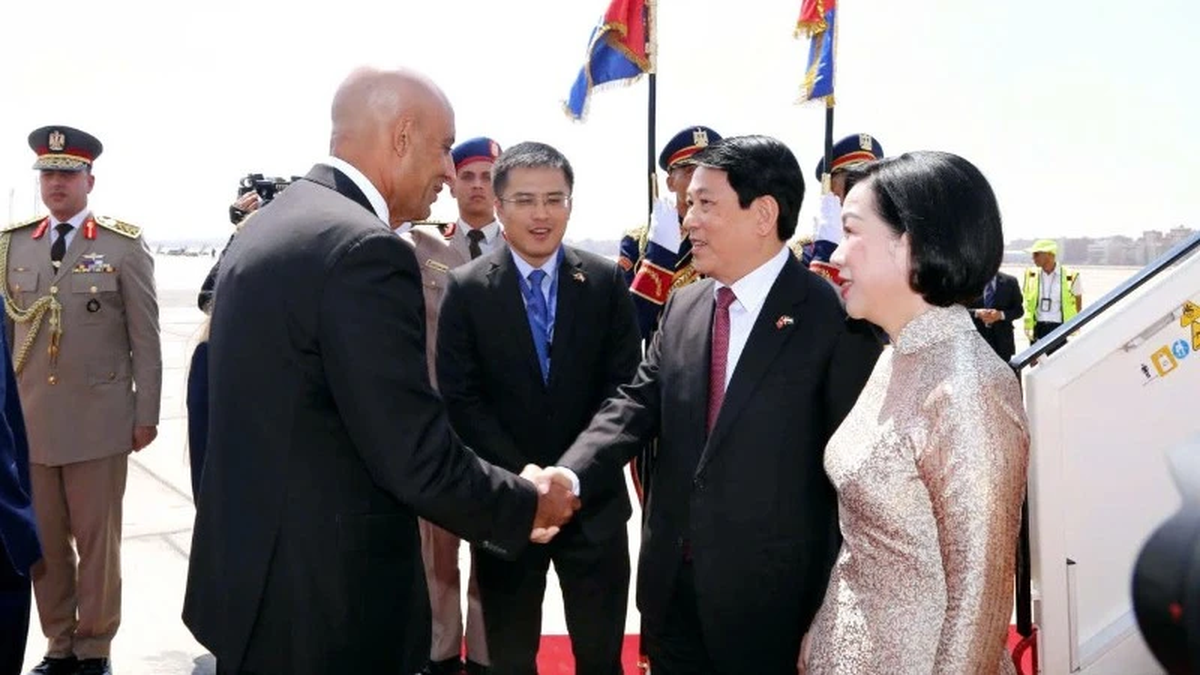
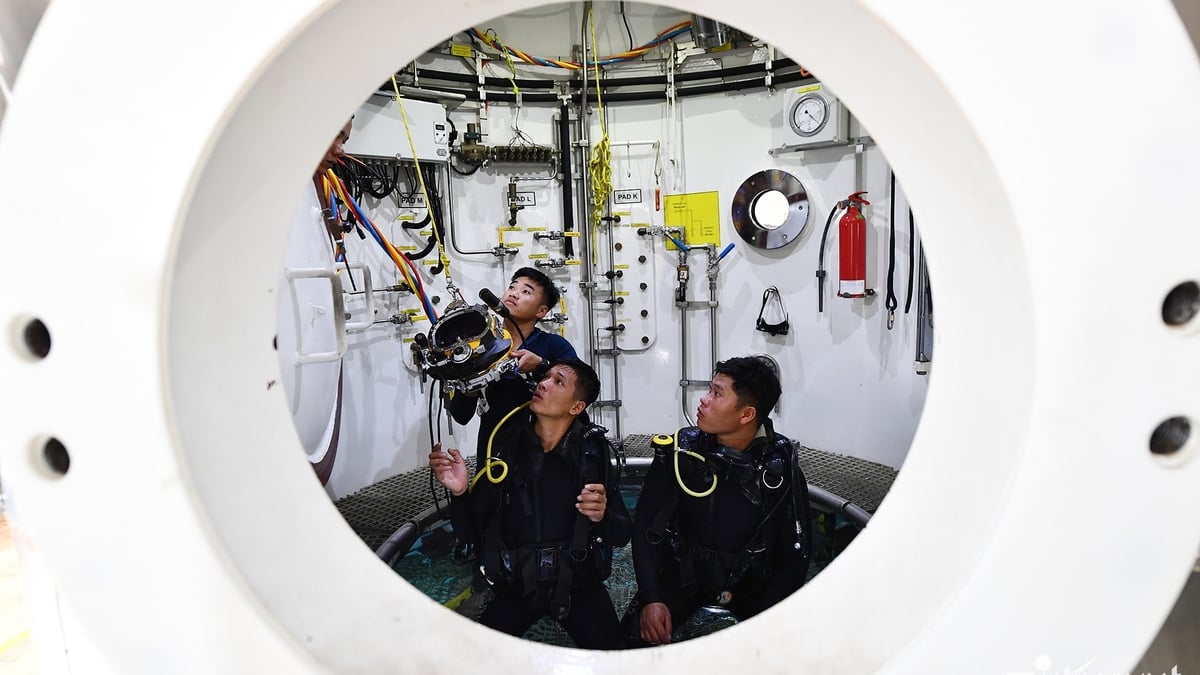




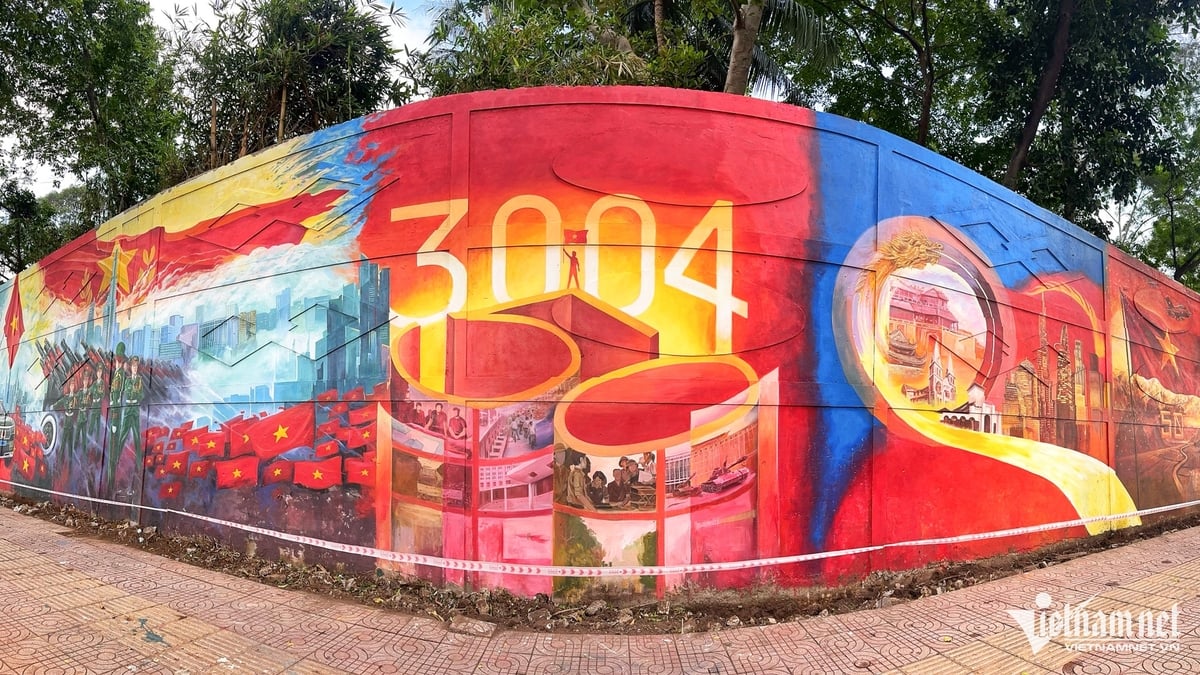





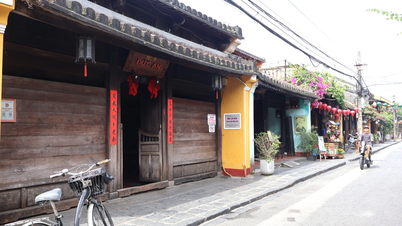

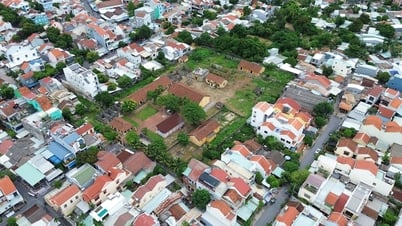

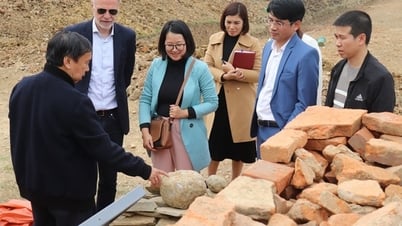



















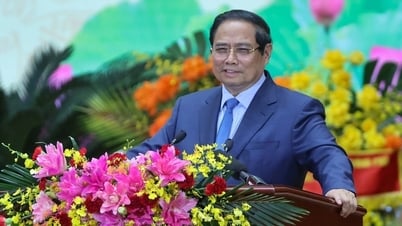
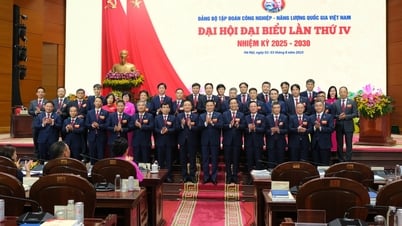

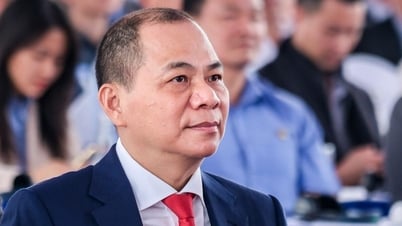




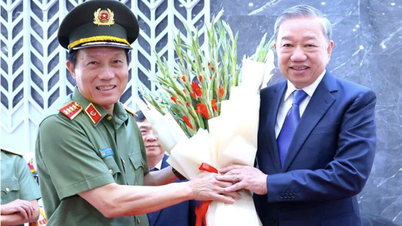
![[Infographic] Traditional friendship and good cooperation between Vietnam and Egypt](https://vphoto.vietnam.vn/thumb/402x226/vietnam/resource/IMAGE/2025/8/4/9a2112b4046e4c128fdcb5403489866a)

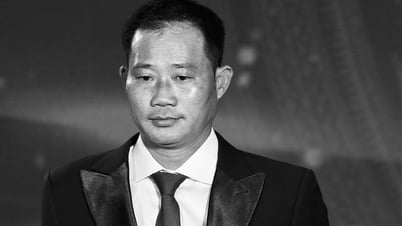


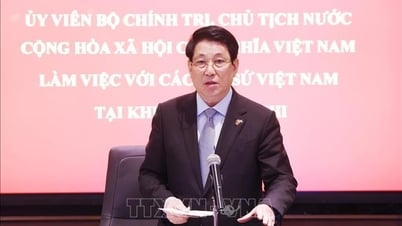

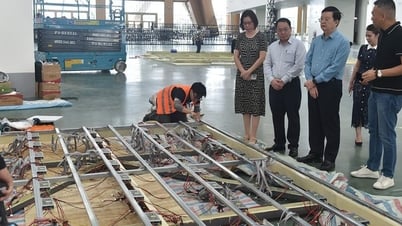

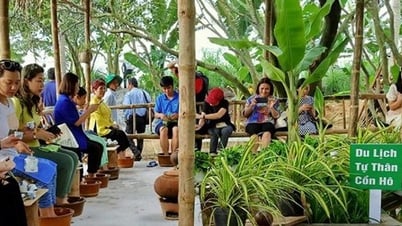
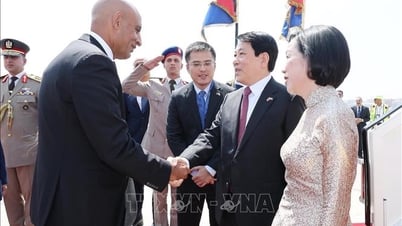




















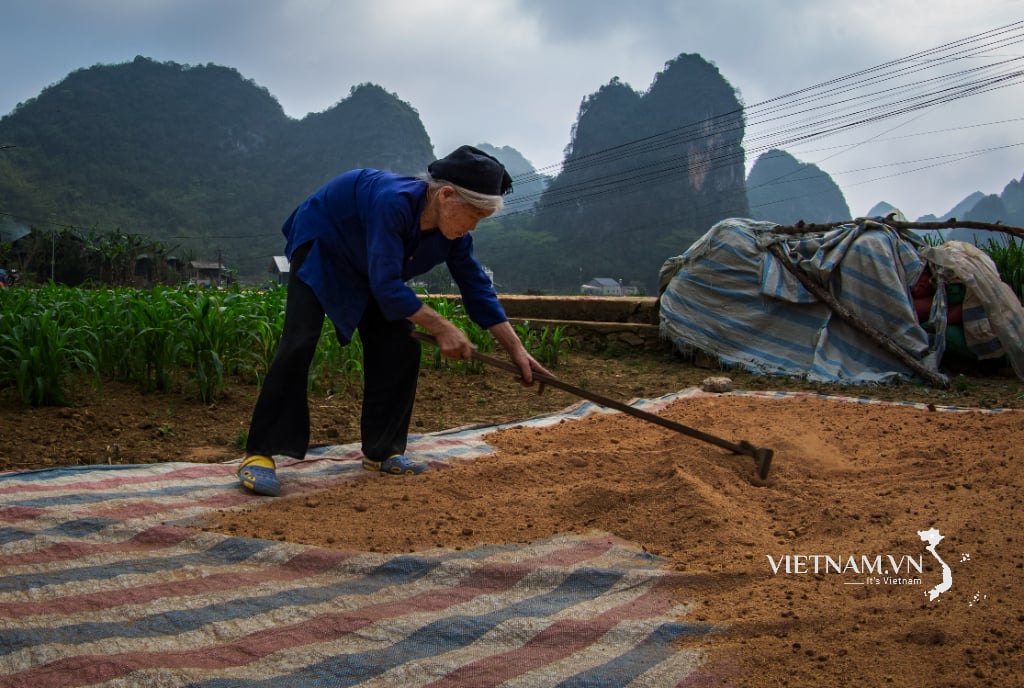

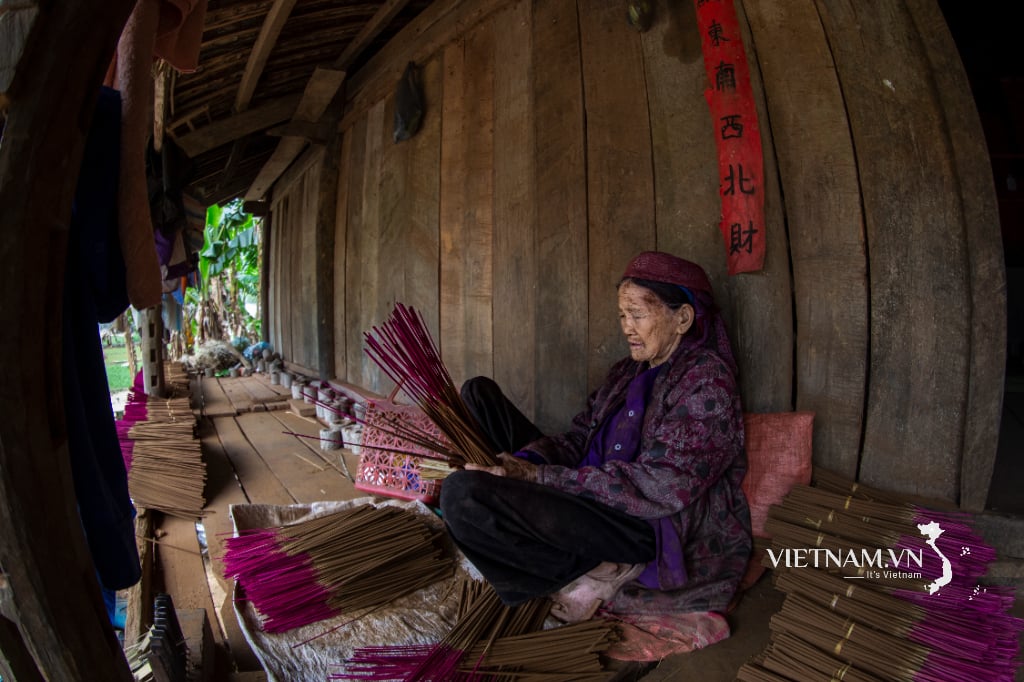
Comment (0)